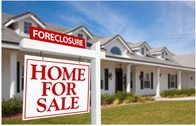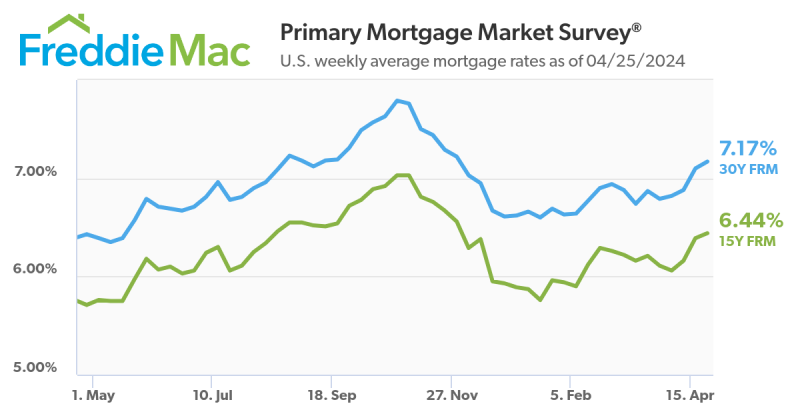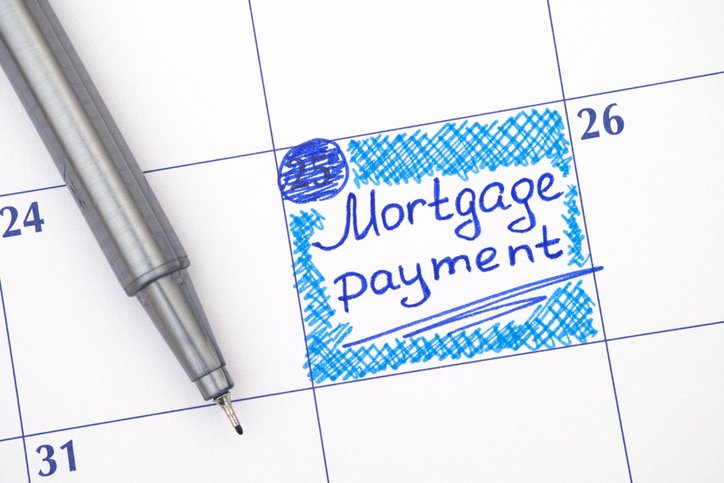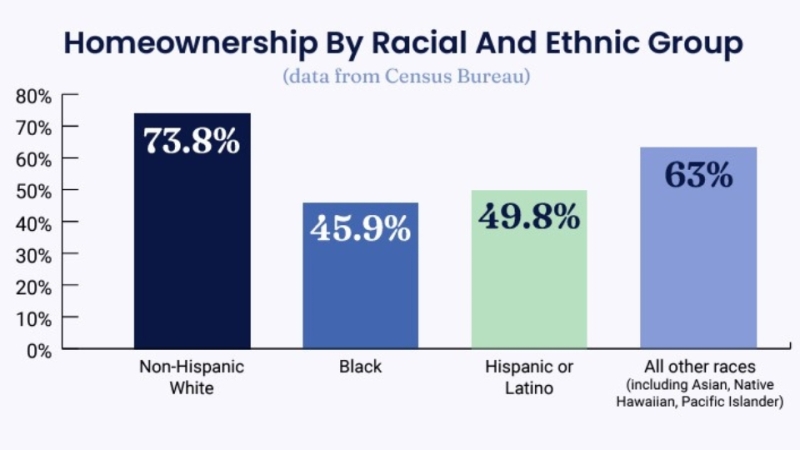Advertisement
Pennsylvania to Receive $105 Million to Assist Homeowners Facing Foreclosure

Pennsylvania Gov. Tom Corbett has announced that Pennsylvania has been approved by the U.S. Department of Housing & Urban Development (HUD) to receive $105 million to aid homeowners facing foreclosure through the Emergency Homeowners' Loan Program. Administered by the Pennsylvania Housing Finance Agency (PHFA), the Emergency Homeowners' Loan Program is intended to help families in danger of losing their homes due to involuntary unemployment, under-employment or for medical reasons.
"This funding will help Pennsylvania families under threat of foreclosure while also benefitting local economies by keeping more homes off the foreclosure rolls," said Gov. Corbett. "These families will gain time to get back on their feet, and communities will benefit as their local home values remain stable."
The Emergency Homeowners' Loan Program will offer homeowners a declining balance, deferred payment "bridge loan" (non-recourse, subordinate loan with zero interest) for up to $50,000. It will help homeowners in danger of imminent foreclosure with payment of arrearages, plus up to 24 months of monthly payments on their mortgage principal, interest, mortgage insurance premiums, taxes, and hazard insurance.
"PHFA has had its own successful homeowner foreclosure assistance program in place for 28 years, and we're proud that HUD used Pennsylvania's HEMAP as its model when developing this new foreclosure assistance program," said PHFA Executive Director and Chief Executive Officer Brian A. Hudson Sr. "We're ready to immediately begin fielding consumer calls about this new foreclosure assistance program and to put this funding to work helping Pennsylvania homeowners."
To qualify for the EHLP program, homeowners need to meet certain HUD requirements, including:
►They must have incurred a reduction in income due to involuntary unemployment, under-employment, or medical reasons. Current gross income must be at least 15 percent lower than pre-event income.
►The homeowner must be at least three payments delinquent on his or her mortgage.
►The homeowner must have a reasonable likelihood of being able to resume repayment of the first mortgage obligation within two years.
►The property must be owner-occupied and be the homeowner's principal residence.
About the author





